Best dehumidifiers – combat condensation and mould, plus dry laundry quickly with our tried-and-tested favourites
We've tested the best dehumidifiers from Meaco, De'Longhi and more to help eliminate condensation, prevent damp and mould, dry your laundry and even cut energy bills
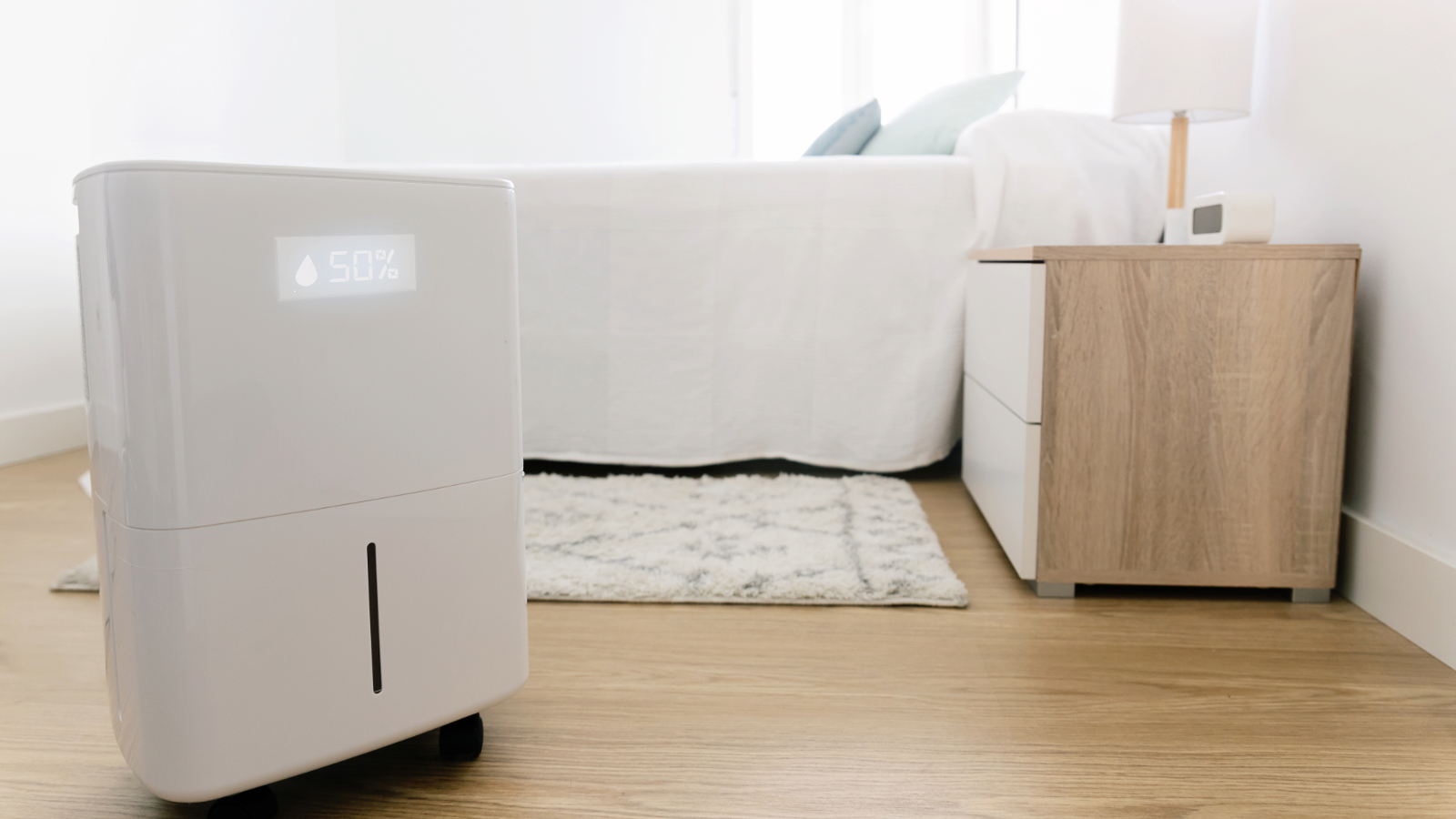
Having one of the best dehumidifiers can offer a reliable solution to removing moisture from the air. From banishing damp, mould and condensation to helping to dry washing in the colder, wetter months, a dehumidifier is an essential appliance to have handy around the home. It’s one you’ll find helpful to have access to when drying out fresh plaster during a renovation, too (trust us – we’ve been there!)
Its versatility is unrivalled, and yet when it comes to buying a dehumidifier the technical specifications can be a lot to get your head around. Much like the time when you’re looking at the best portable air conditioners; anything that manages the indoor air quality can be heavy talk. You might spend weeks deliberating which tank capacity to go for, or what extraction rate actually means for the job in hand. This is where we can help.
As a team, we’ve spent months testing some of the latest and greatest dehumidifiers from top brands including Meaco, and some of the lesser-known brands too. We’ve evaluated the moisture removal, made a note of the noise levels and calculated the running costs. With this information we’ve created a list of our best six dehumidifiers to help you narrow down your search.
The quick list
Not sure where to start in your search for the best dehumidifier? We've put together a handy overview of the dehumidifiers on this list, along with quick links that allow to you skip down the page to get a more detailed review of the particular product you like the look of.
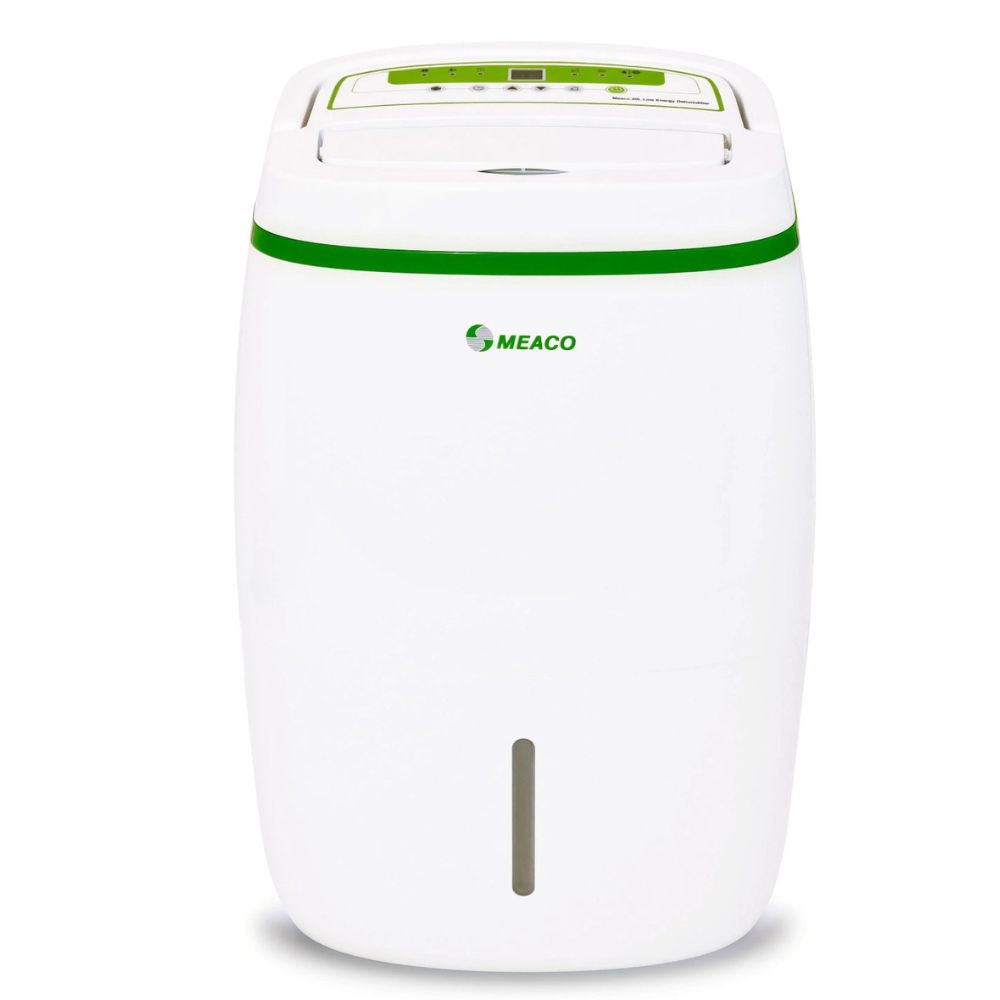
This is a brilliantly effective dehumidifier, perfect for anyone living in a medium to large home. Despite being incredibly effective, running costs are super low – just over 6p per hour based on 28. 62p/kWh. It also comes with a free HEPA filter to purify the air – great news for allergy sufferers.
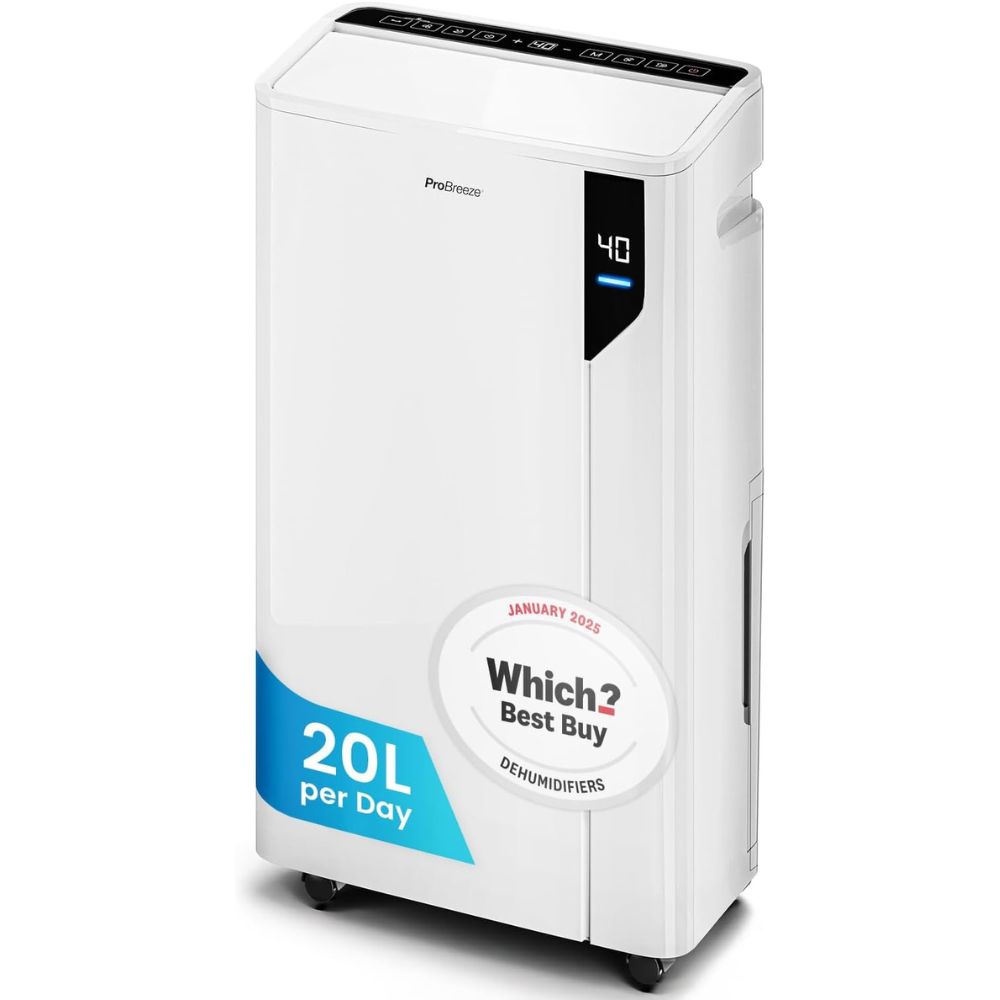
With its large 5.5 litre capacity water tank, five operation modes – one of which includes a laundry drying function – and simple-to-use controls, this is a brilliant dehumidifier for those after a mid-priced model that will be suitable for medium to large homes. It is also compact given its performance.
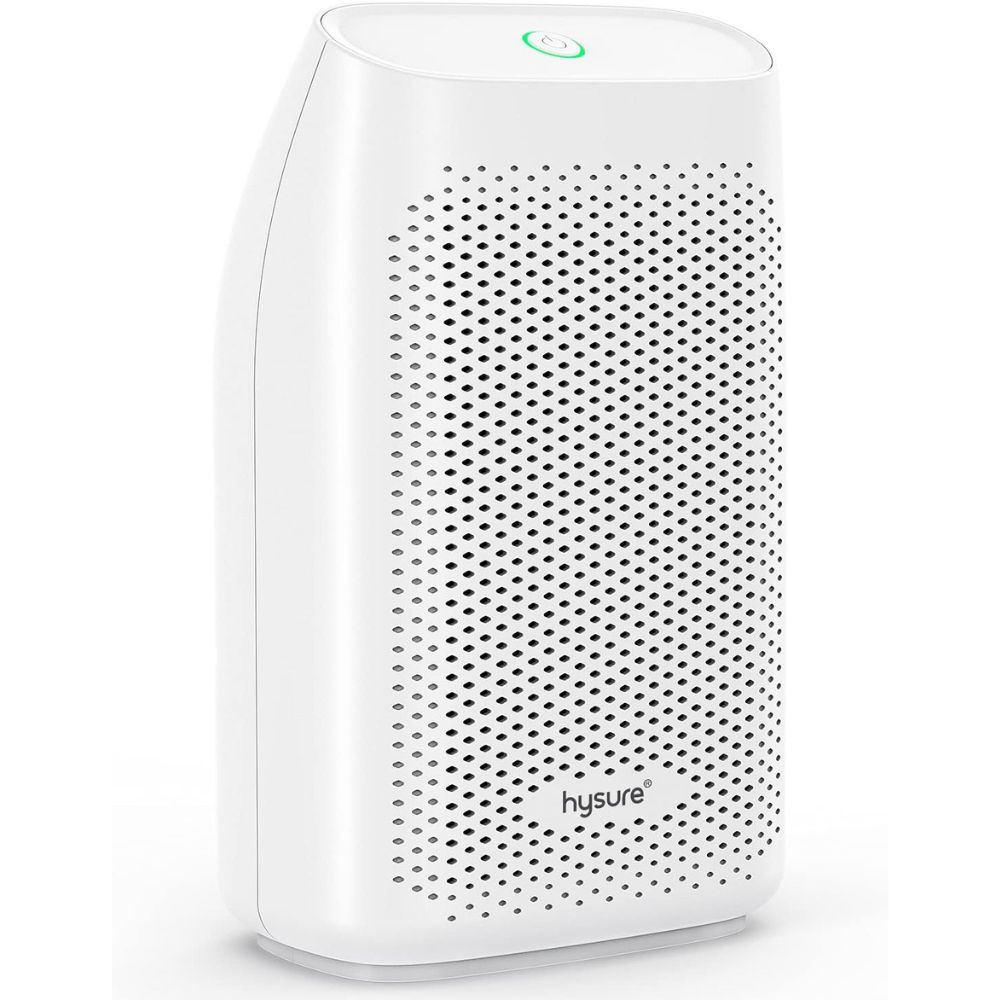
Dehumidifiers need not cost a fortune in order to be effective. This budget buy is not only easy on the bank balance, but it is also compact and lightweight and would be ideal for those after a dehumidifier for a small room. On the downside, it only collects 300ml per day.
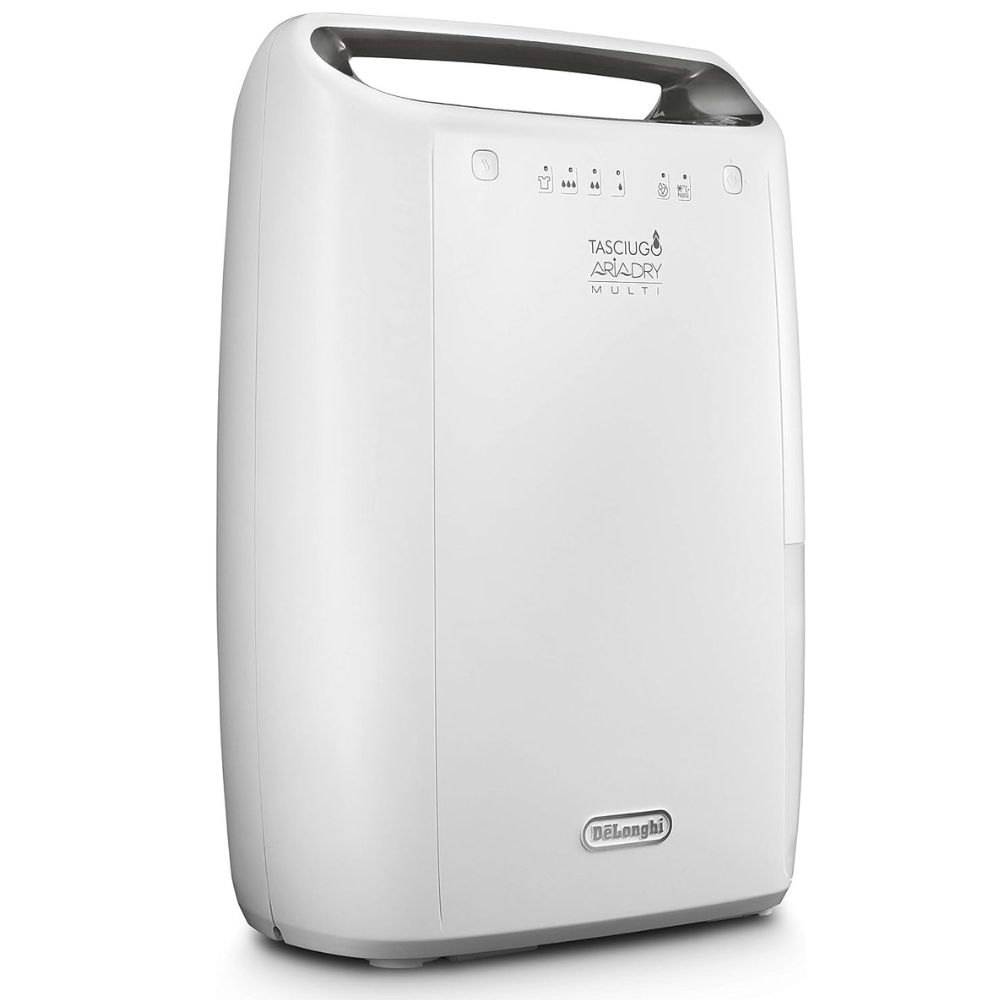
For laundry drying this dehumidifier is not just stylish but also speedy. It also offers three settings for more standard moisture extraction and comes with HEPA filters for cleaner air. On the downside, it's not as cheap as some other models.
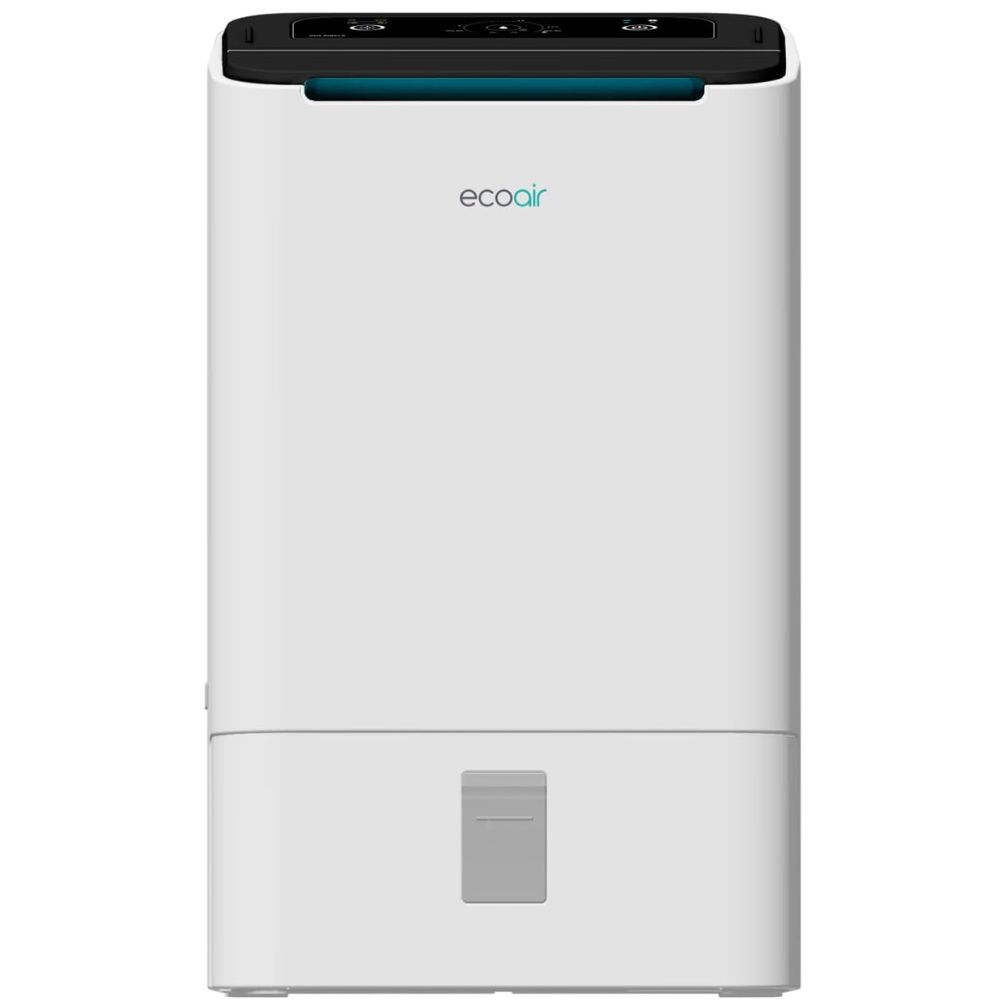
Designed for spaces where the temperatures are regularly lower than 15°C, this dehumidifier worked very effectively and was lightweight and easily manoeuvrable. A bit pricey but ran well at both energy-efficient levels and on more powerful settings.
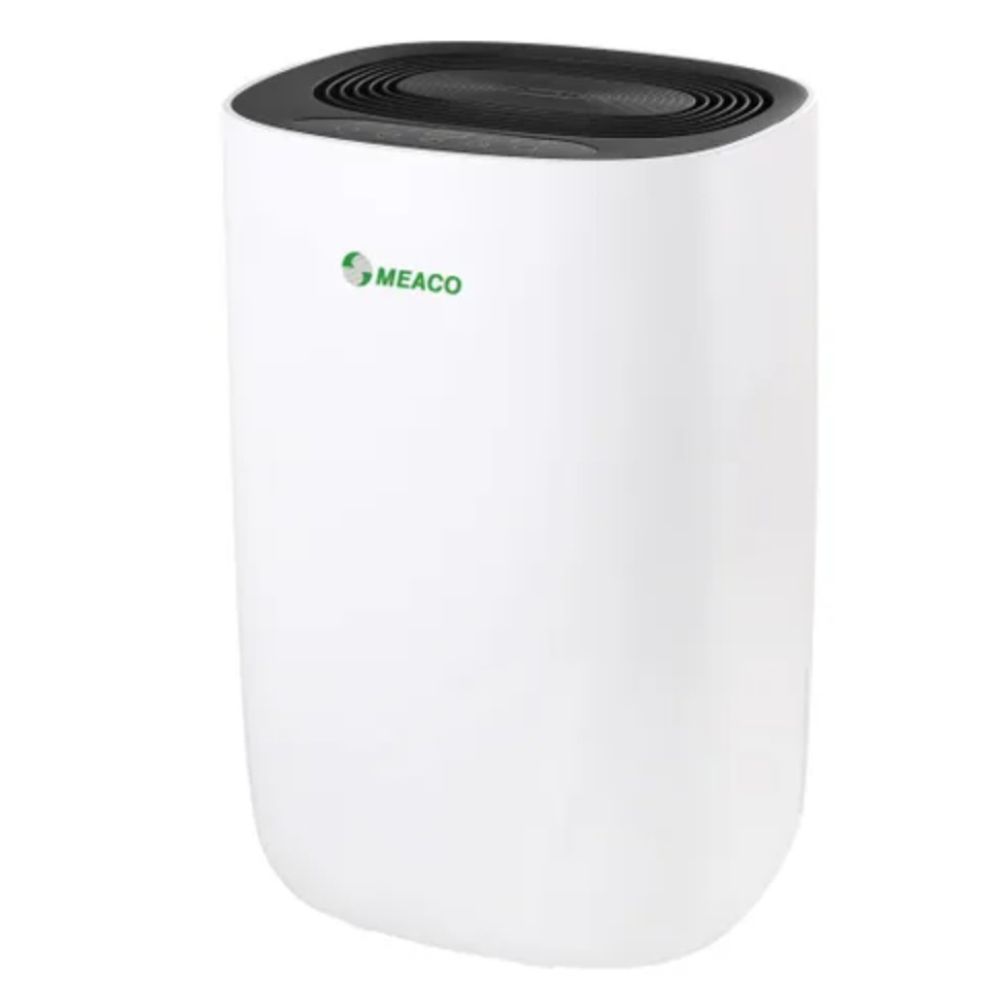
Worthy of its Quiet Mark badge, this dehumidifier has a specific sleep mode which reduces the noise and turns off any lights on the display to make sleeping easy. It removed window condensation overnight and also made the room feel warmer during the day.
Best low energy
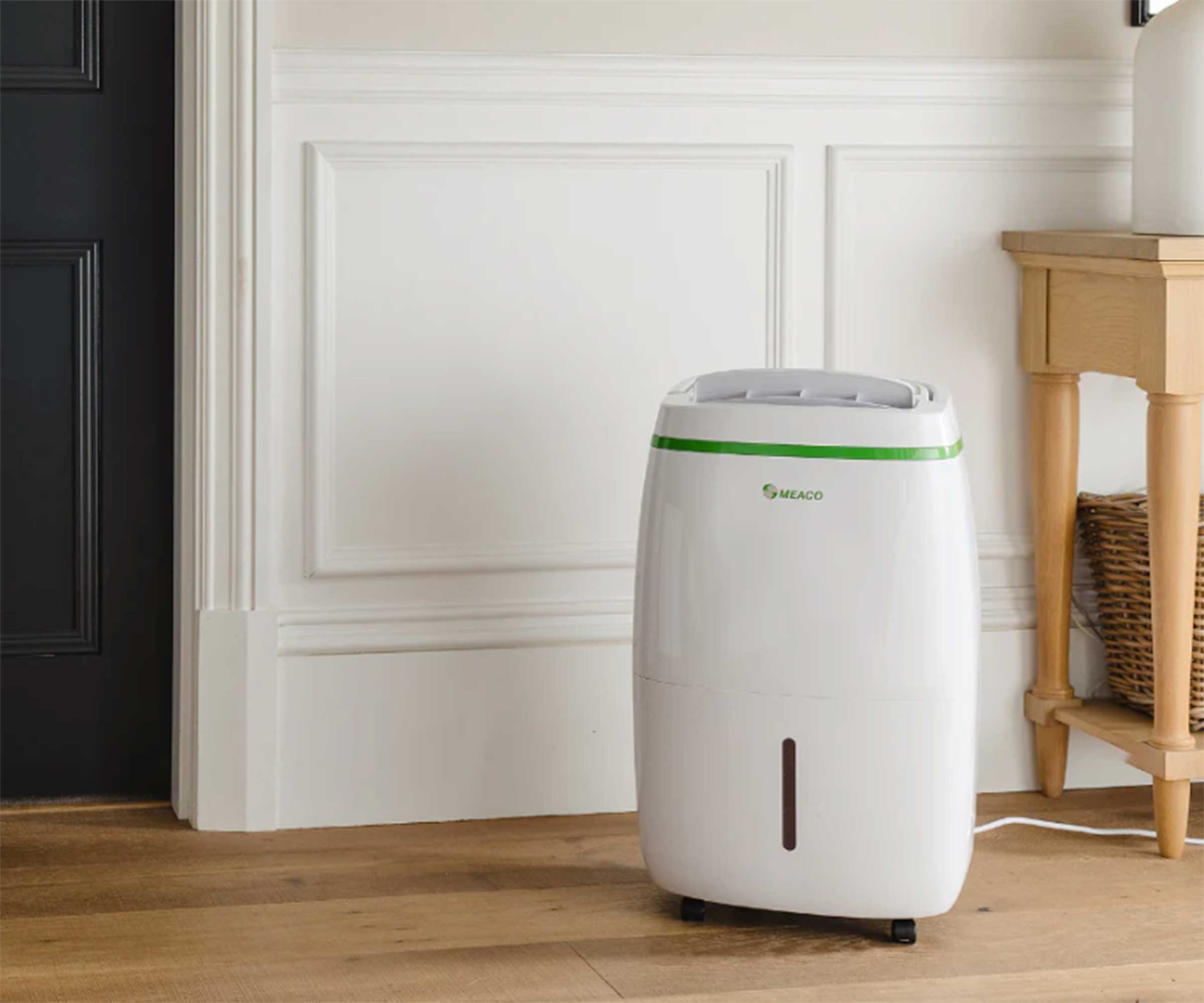
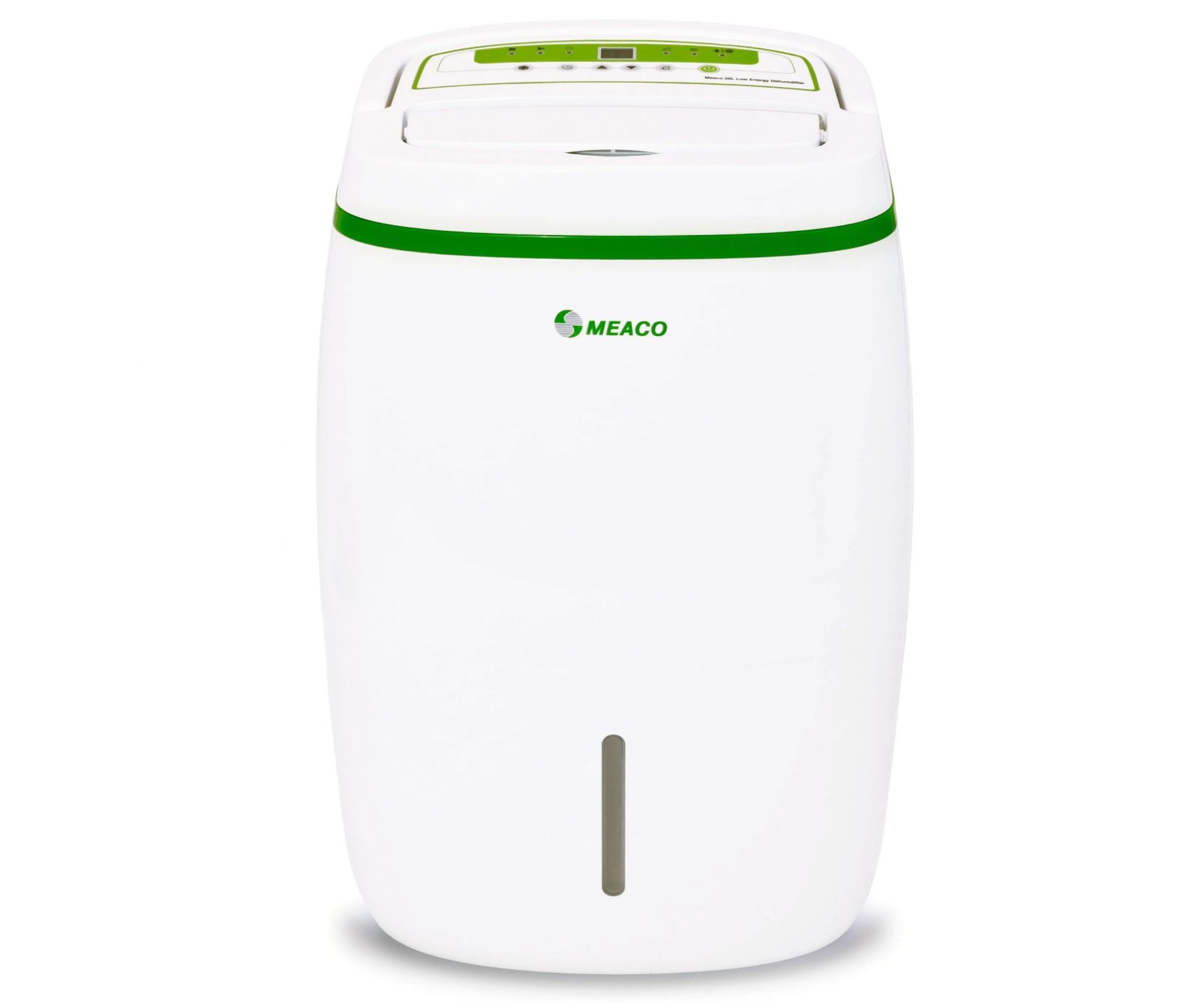
1. Meaco 20L Low Energy dehumidifier
Our expert review:
Specifications
Reasons to buy
Reasons to avoid
The Meaco 20L Low Energy Dehumidifier/Air Purifier is designed to help control humidity levels in a house, reducing or even eliminating window condensation and, subsequently, minimising the risk of damp.
On test, we also found that it offers further benefits. It can help to dry laundry quicker and, thanks to its HEPA filter, can also purify the air – ideal for those with allergies and a great way to create a fresher-feeling indoor air environment in general.
This dehumidifier is perfect for those living in medium to large homes – spaces up to 64m² are well served by this particular model. It can also be used in unheated basements or cellars.
Read our full Meaco 20L Low Energy dehumidifier review for more detail.
Best mid-range
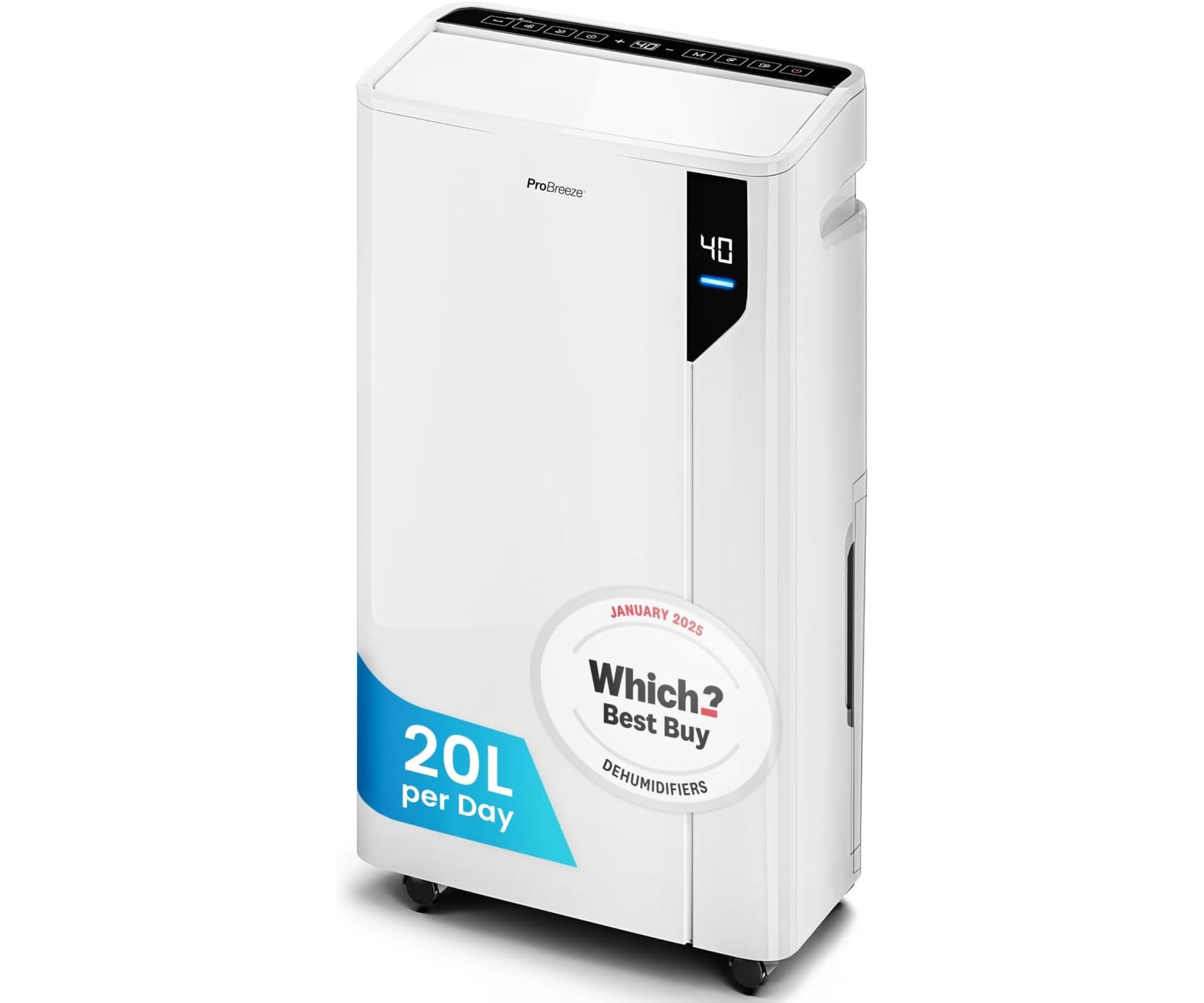
2. ProBreeze 20L Premium Dehumidifier
Our expert review:
Specifications
Reasons to buy
Reasons to avoid
The ProBreeze 20L Premium Dehumidifier offers a powerful and user-friendly solution to combat damp and humidity in your home, especially if you live in a listed or poorly ventilated property.
We found this appliance easy to set up and its significant water extraction (up to 20L daily) noticeably improved the air quality in the home within a matter of days. Despite a somewhat noisy operation, benefits such as laundry mode, automated humidity detection, and an economical running cost make its mid-ranged price a worthwhile investment.
Another benefit of this model is its other operating modes including strong, natural, ventilation and continuous. In addition, this dehumidifier has a safety child lock to deactivate all buttons and a sleep mode that will turn all the lights off for undisturbed sleep.
Read our full ProBreeze 20L Dehumidifier review for more detail.
Best budget model
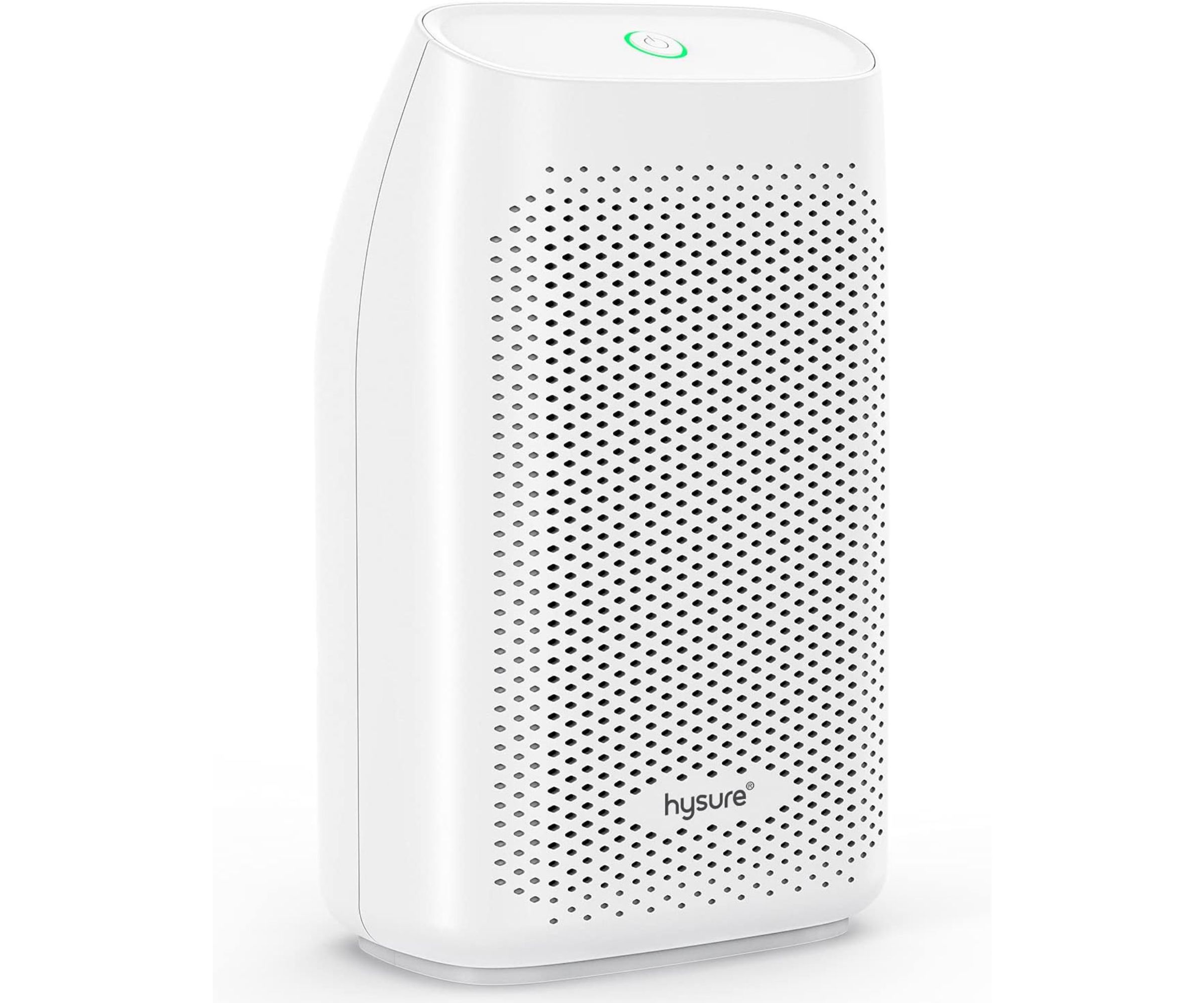
3. Hysure 700ml Automatic Dehumidifier
Our expert review:
Specifications
Reasons to buy
Reasons to avoid
For a compact and lightweight model, the Hysure 700ml Dehumidifier performs fairly well and with minimal noise. However, in our test we found that it is only suitable for small spaces and will not make a significant impact in large rooms.
But even though this model sits right at the lower end of the price scale and only has one fan speed, it does have low running costs, is easy to move around the house, won't take up too much space and even has an automatic shut-off function, meaning it will stop running when the 700ml tank is at full capacity.
Read our full Hysure 700ml Dehumidifier review for more detail.
Best for drying laundry
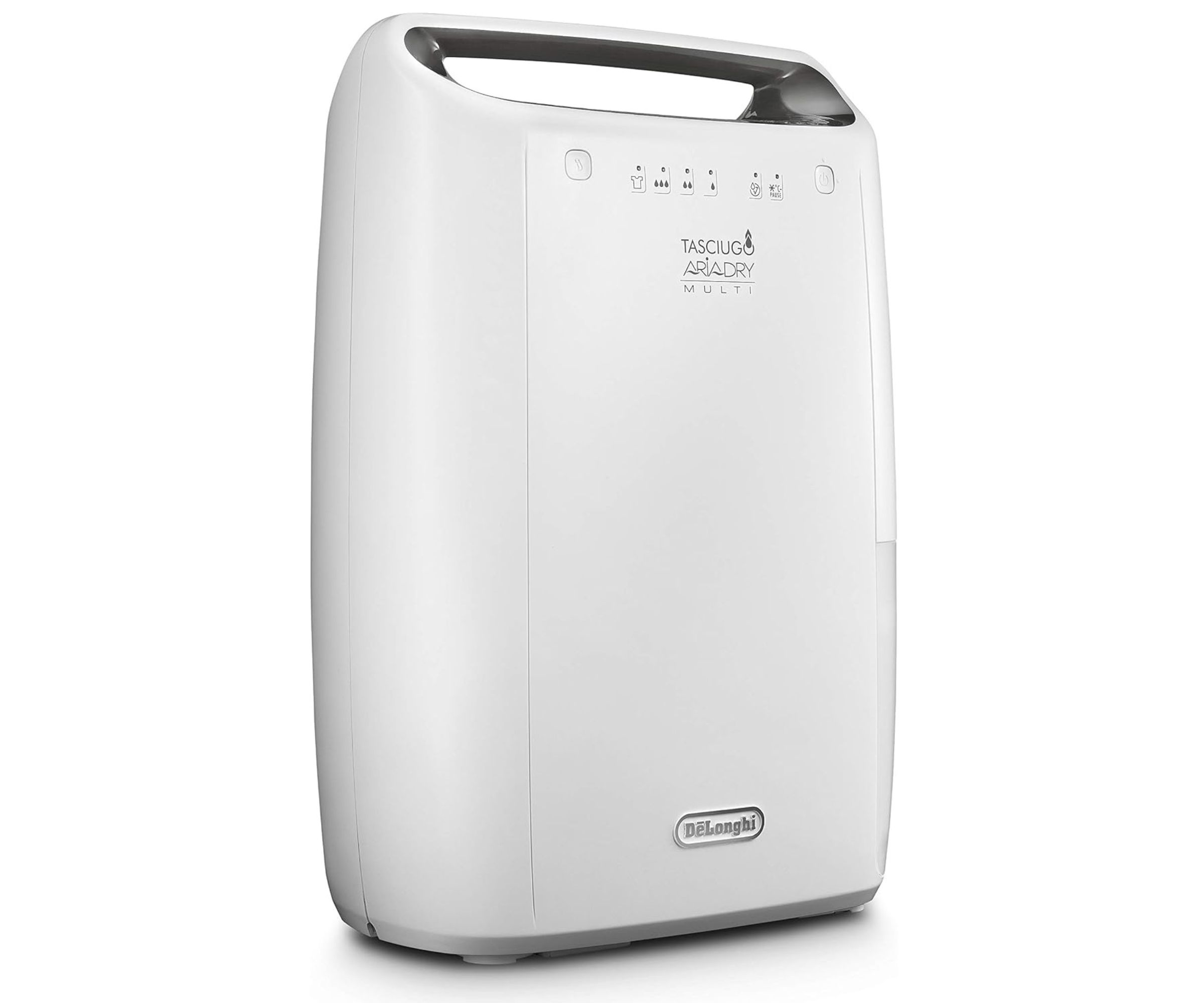
4. De'Longhi DEX212F 12L Tasciugo AriaDry Dehumidifier
Our expert review:
Specifications
Reasons to buy
Reasons to avoid
Although the De'Longhi DEX212F 12L Tasciugo AriaDry Dehumidifier is on the more expensive side, its sleek appearance is matched by its performance when it comes to drying laundry.
Fast, surprisingly quiet and efficient at drying clothes – leaving them feeling softer than when dried on a heated airer – our tester found that a few downsides are the fact it's on the heavier side and doesn't have a humidity level display like some of the other models.
However, if you live in an apartment meaning your drying options are limited to heated airers or tumble dryers, we feel that it is definitely a purchase worth considering.
Read our full DeLonghi DEX212F 12L Tasciugo AriaDry Dehumidifier review for more detail.
Best desiccant dehumidifier
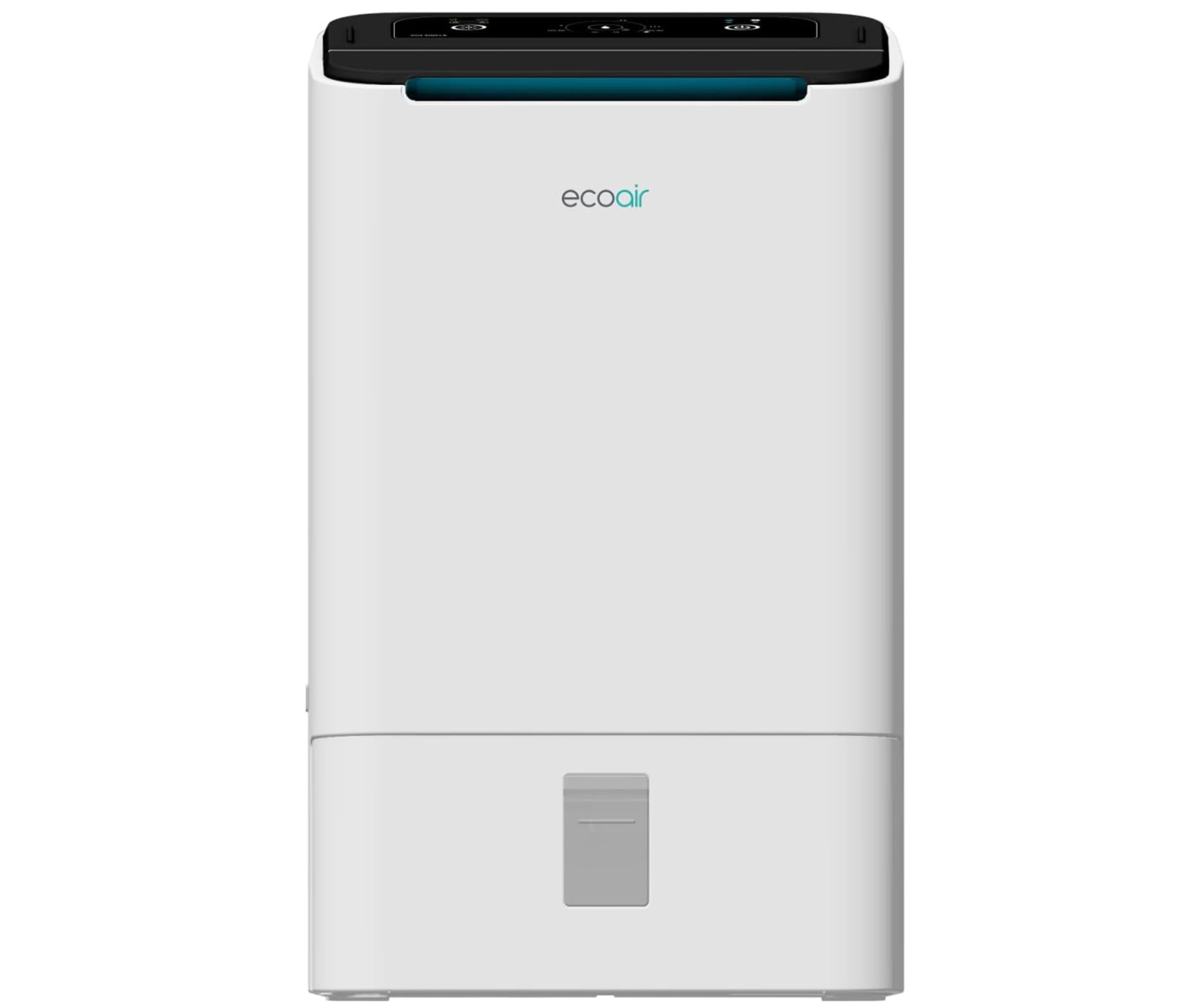
5. EcoAir DD2 Simple Desiccant Dehumidifier
Our expert review:
Specifications
Reasons to buy
Reasons to avoid
The EcoAir DD2 simple desiccant dehumidifier is suited to colder spaces and has a powerful yet relatively energy-efficient wattage. With an automatic shut-off, anti-tilt safety function and a continuous drainage outlet, our tester believes that it's a good option if you are looking to leave it running in spaces such as garages.
Although it doesn't show humidity readings of the space you use it in, we found it to be nonetheless fast and efficient and light enough to move around if you're struggling with damp in a number of areas.
It's also fairly quiet to run making it suitable to use inside if your property struggles to get warm.
Read our full EcoAir DD2 Simple Desiccant Dehumidifier review for more detail.
Best dehumidifier for bedrooms
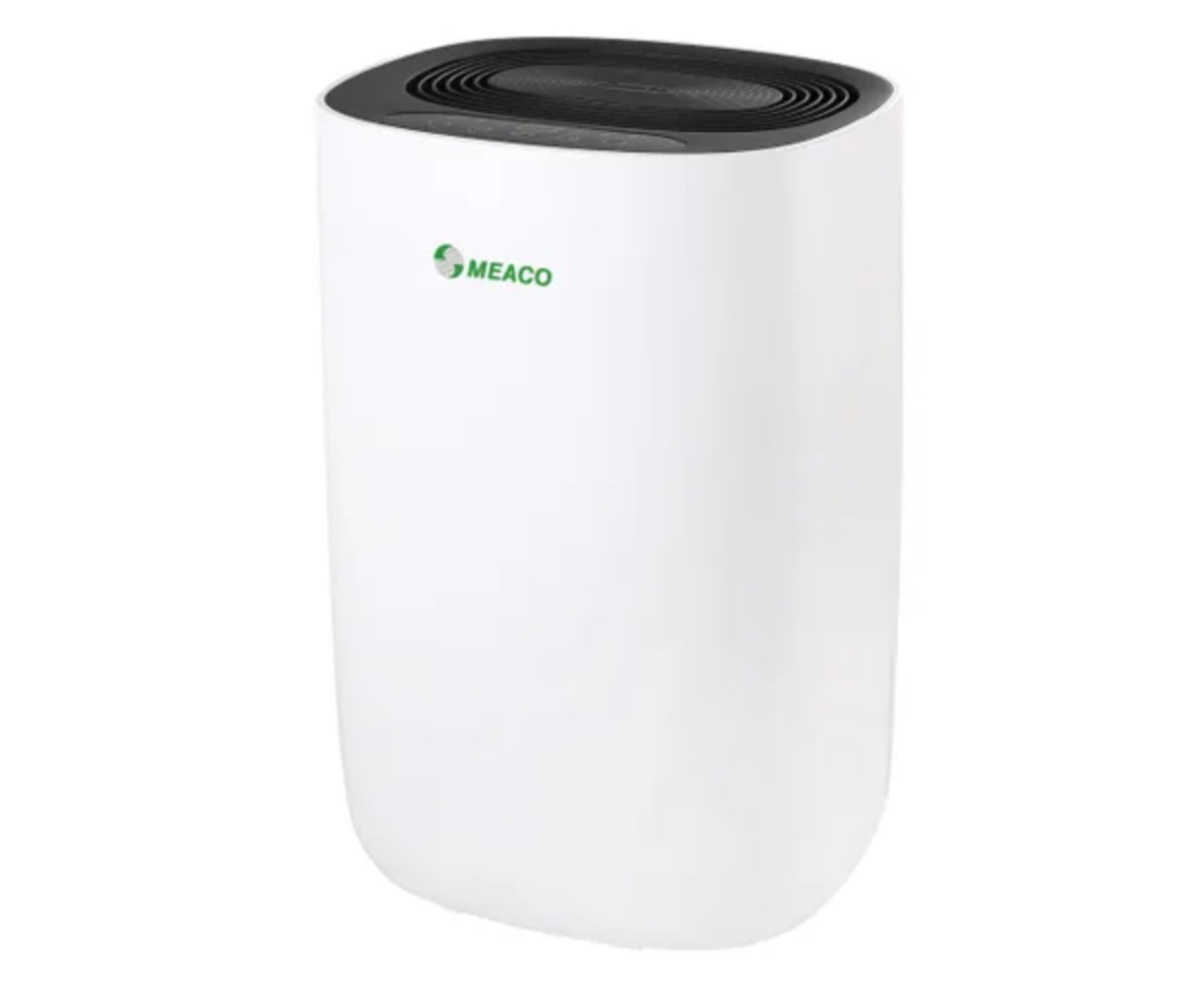
6. MeacoDry ABC 12L Compressor Dehumidifier
Our expert review:
Specifications
Specifically chosen for testing in the bedroom due to its Quiet Mark rating and sleep function, we found this dehumidifier to be suitably quiet. While initially noisy when starting up, the fan quickly reduced to a low hum, making it easy to fall asleep while it works.
If you're looking for an affordable solution to window condensation in the bedroom, this could be a great option to consider. It also made the room feel warmer and the generous 12L tank capacity meant it was still working when our tester woke in the morning.
Read our full MeacoDry ABC 12l Dehumidifier review for more detail.
How to choose a dehumidifer
Finding a dehumidifier that meets your needs and wants depends on the type of moisture that you’re trying to remove. A general rule of thumb is the larger the dehumidifier, the more powerful it’ll be.
It’s also worth considering the following:
- The different types of dehumidifier A compressor/ refrigeration dehumidifier cools air to remove moisture, whereas a desiccant dehumidifier uses a moisture-absorbing material and produces warmer air.
- Extraction rate The higher the extraction rate, the more powerful the appliance will be. This often goes hand-in-hand with the size of the dehumidifier.
- Water tank capacity This is how much water the dehumidifier can extract before it becomes full.
- Noise levels Most dehumidifiers operate between 35dB and 45dB which is comparable to rustling leaves.
- Other features Smart connectivity, specific modes (“laundry” as an example) and wheels or handles to improve portability.
If you’re still unsure then it would be worth picking up the phone to customer services of your chosen manufacturer, or popping into a store that sells the model you’ve honed in on, to check if it’ll be suitable for your intentions. Keep your budget in check and weigh up potential dehumidifier running costs, too.
FAQs
How do dehumidifiers extract moisture from air?
You can trust Homebuilding & Renovating.
Dehumidifiers work by removing excess moisture from the air to achieve a healthy relatively humidity.
"A dehumidifier removes moisture from the air – excess moisture that you do not want to condense and hang around your home. It helps to ease damp problems, gives you healthier air to breath and can even make your energy use more efficient," says Chris Michael, fco-founder of Meaco.
There are two main types of dehumidifier: desiccant and compressor dehumidifiers. All the models reviewed here are compressors, other than the dessicant version we tested for colder spaces.
"These types of dehumidifier have a cold-coils system, like a fridge," says Chris Michael. "They have two sets of coils, the first cools to create the condensation, which is collected into the water tank, the second warms the dry air back to just above room temperature. This helps to create the dry air needed to combat condensation, mould and damp problems."
When won't a dehumidifier be suitable?
If your damp issue is the result of bad ventilation and lots of condensation, a dehumidifier can definitely be helped by a dehumidifier. That said, if damp is a persistent issue, caused by other factors concerning the structure of your home, a different and more involved solution is going to be required long term.
A dehumidifier will still help the situation but clearly building work to fix the issue will be a better solution. Start by looking at the causes of mould in a house to help you figure out what could be the root of your problem.
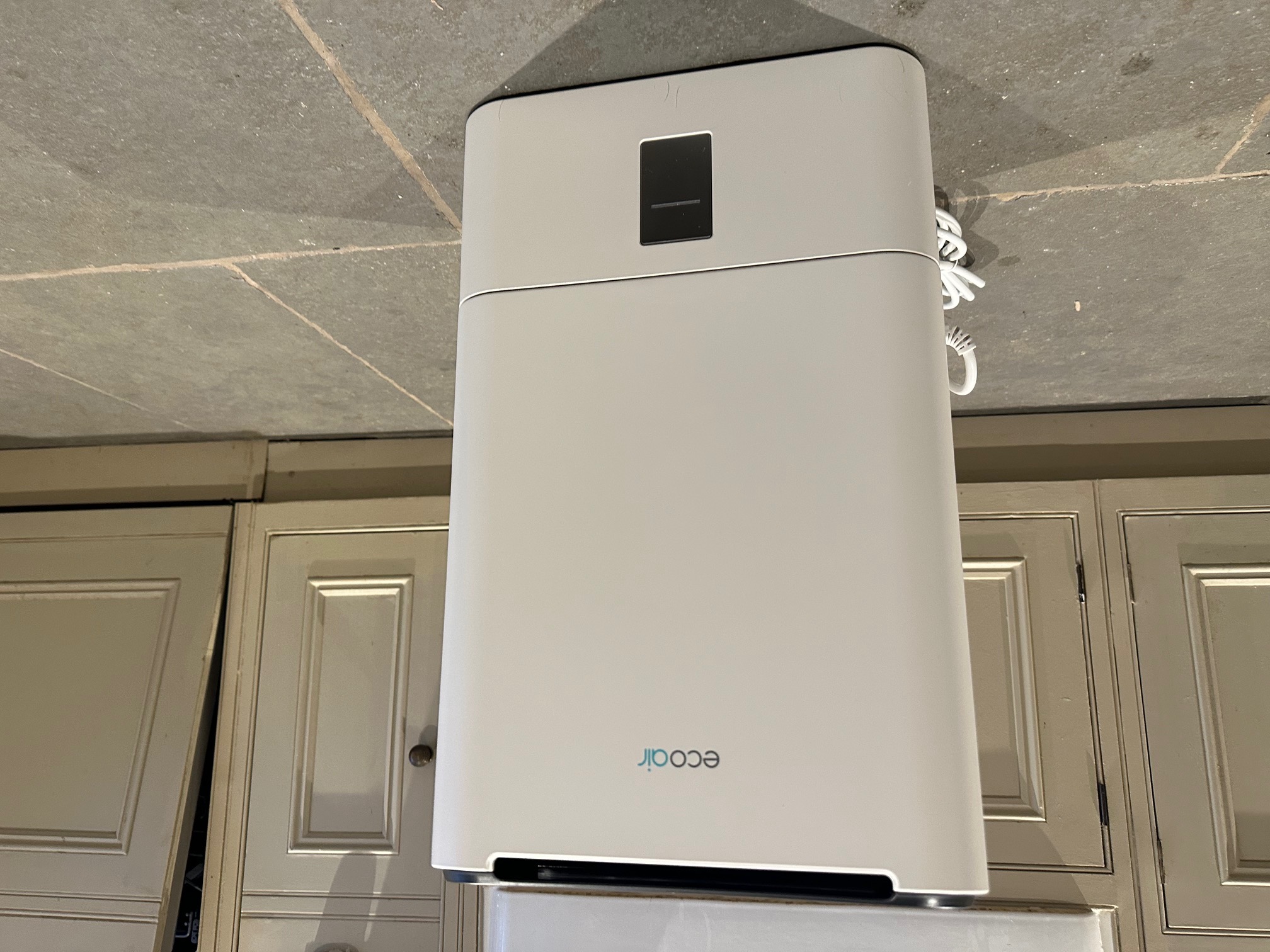
How we review dehumidifiers
Homebuilding & Renovating is not given any compensation for our reviews, but may be allowed to keep the products for long-term testing meaning we can test over a greater length of time, and update this review if required.
Bring your dream home to life with expert advice, how to guides and design inspiration. Sign up for our newsletter and get two free tickets to a Homebuilding & Renovating Show near you.
Natasha was Homebuilding & Renovating’s Associate Content Editor and was a member of the Homebuilding team for over two decades. In her role on Homebuilding & Renovating she imparted her knowledge on a wide range of renovation topics, from window condensation to renovating bathrooms, to removing walls and adding an extension. She continues to write for Homebuilding on these topics, and more. An experienced journalist and renovation expert, she also writes for a number of other homes titles, including Homes & Gardens and Ideal Homes. Over the years Natasha has renovated and carried out a side extension to a Victorian terrace. She is currently living in the rural Edwardian cottage she renovated and extended on a largely DIY basis, living on site for the duration of the project.
- Sarah HarleyAssistant Editor

